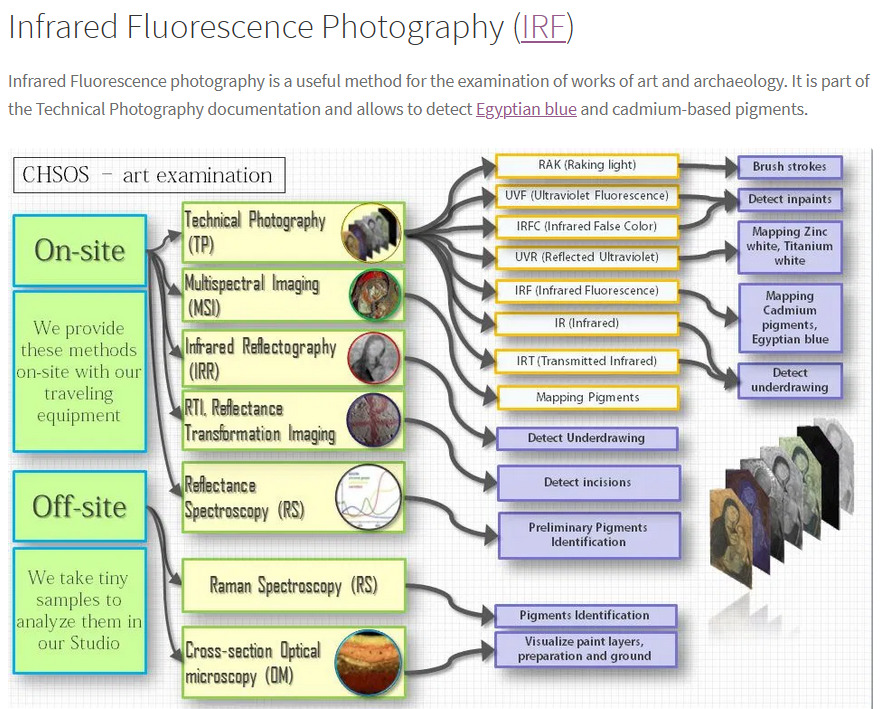mollwollfumble said:
I’m reading a book about fossil smuggling.
Which made me wonder. Once in the book, a fossil expert buys a fake fossil by mistake. And in another instance is not sure whether a fossil is “genuine but enhanced” or faked. Apparently the world capital for fake fossils is Morocco, where faking fossils is perfectly legal, and it can be difficult to tell the difference between a genuine and fake fossil made from a mixture of resin and powdered rock.
The leads directly to the question – what would be the cheapest handheld non-contact detector for fake fossils?
The cheapest way to detect a fake (of either resin or plaster) would be to hold it in your hand – a real fossil would feel cold, a fake fossil would feel warm. Because of different thermal conductivity.
Could a cheap handheld detector measure the difference in thermal conductivity? eg. a flash to heat the sample up and two (or three) IR photos to measure the rate at which it cools. A small difference between the two photos would indicate the presence of resin or plaster in the fossil. The IR camera would have to be pre-cooled eg. with a peltier chip and use a glass which is transparent at IR wavelengths.
A contact way would be to measure hardness using a modified Brinnel apparatus. But I don’t think fossil owners would like that.
A non-contact way would be to flash it with a laser to detect the presence of carbon or hydrogen, like FTIR.
Or MRI. Trouble cooling the camera.
Or X-ray. But that requires access to both sides.
UV fluorescence? Would that work with resin or plaster?
Or thermoluminescence?
Challenges would include:
- fossil surface colour is soaking up more of the heat from a flash.
- if a genuine fossil was painted or protected by a lacquer coating.
————————-
I’m also interested in any methods available for imaging a fossil without excavating it.
Specific gravity would separate true from faked fossils. But only gives a single number so is limited in use.
Electrical resistance tomography is a technique being trialled at CSIRO (as was CT scan using X-ray). It didn’t give particularly accurate results. I found that I could use ultrasound to make steel sheets immersed in water disappear, to see onbjects behind them.
One way to measure temperature is thermochromic plastic. Like a mood ring. Costs nothing to run, but is not non-contact.
For MRI of fossils within blocks of rock, soaking the rock in water first would be a big help. You could compare the unsoaked MRI to the soaked MRI to identify microporosity within the rock. It doesn’t have to be water, the rock could be soaked in some other liquid, or gas. Iodine is used as a contrast agent in X-rays and gadominium as a contrast agent in MRI. Hydrogen has the most frequently imaged nucleus in MRI because it is present in biological tissues in great abundance, and because its high gyromagnetic ratio gives a strong signal. However, any nucleus with a net nuclear spin could potentially be imaged with MRI. Such nuclei include helium-3, lithium-7, carbon-13, fluorine-19, oxygen-17, sodium-23, phosphorus-31 and xenon-129.
For great density of solid material, X-rays from a synchrotron could penetrate. But who has a portable synchrotron.
A bombardment of the surface with electrons holds out hope for quick fake fossil detection. All that really needs is a cathode ray tube and some sort of detector of electrons or X-rays. Like an electron microscope but without the micro.
> a flash to heat the sample up and two (or three) IR photos to measure the rate at which it cools. A small difference between the two photos would indicate the presence of resin or plaster in the fossil. The IR camera would have to be pre-cooled eg. with a peltier chip and use a glass which is transparent at IR wavelengths.
I think this deserves further investigation. How much could the surface be heated with a flash? And how sensitive could the detector be? The two of those together determine which wavelength band is appropriate.
Another option is to try using electric and magnetic fields, like the theramin or like touch screen eloectronics or like a plasma ball. Electric and magnetic fields penetrate rock.
Reflectance spectroscopy and multispectral imaging, see below, would be cheap way to distinguish real fossils from plaster and resin copies.
